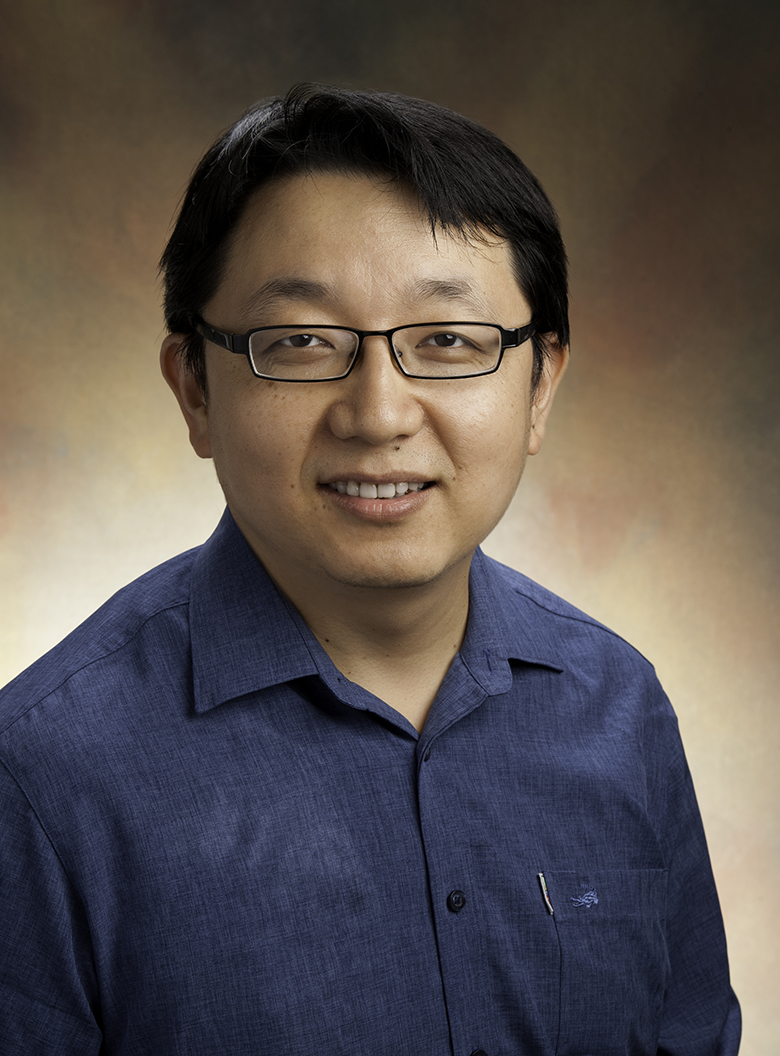Cellular Biomechanics and Sports Science Research
Current Research
Brain Biomechanics
- We are using a biomimetic, analytical, numerical and experimental approach to examine the flow and pressurization of the cerebrospinal fluid flow (CSF) in the subarachnoid space (SAS) as the head is imposed to sudden external impacts. The goal is to better understand the mechanism of concussive and sub-concussive brain injuries, and to provide guidance for the prevention of such injuries.
- Applying an advanced MRI imaging technique known as hybrid diffusion imaging (HYDI), we collect images on brain injury patients and compare the results with those generated by the theoretical models developed in the lab. The purpose of this study is to realize the real-world applications of the mathematical models, and as proof-of-concept. This work is in collaboration with Thomas Jefferson University Hospital and the Marcus Institute of Integrative Health.
Blood Flow in Large Blood Vessels
- Motivated by the clinical and physiological importance of Wall Shear Stress (WSS), a reliable and tested technique for WSS estimation, based on ultrasound spectral Doppler imaging, is developed in collaboration with the Radiology Department at the University of Pennsylvania.
- By modelling and in-vivo examination of the Flow Mediated Dilation (FMD) of the brachial artery in response to a sudden exposure to blood flow after being restricted for a certain period, we hope to provide reliable and non-invasive indicators of an individual’s vascular health.
Cellular Biomechanics
- Cardiovascular disease is the leading cause of death and illness in developed countries and imposes a huge economic burden on our society. The endothelium, a thin layer of cells that lines the internal surface of all blood vessels, is actively involved in a number of vascular functions, such as regulation of vascular tone, fluid and solute exchange, hemostasis and coagulations and inflammatory responses. The endothelial Glycocalyx layer (EGL) is a soft porous structure that covers the surface of the endothelium. Data so far indicate that an intact EGL contributes to the protection of endothelial functions throughout the vasculature, and that many cardiovascular diseases are associated with the perturbations of the EGL. From the biophysical point of view, the structural integrity and the lift generation in this soft porous structure make possible the frictionless motion of the red blood cells. Using a combined experimental and theoretical approach, we investigate:
- The physical mechanisms that determine the lift generation inside the EGL and its structural integrity, and,
- The critical of role of the EGL in sensing the mechanical signals outside the endothelium to help the protection of endothelial functions
Transport in Skeletal Muscles
- Because of the physiological importance of muscle-bone cross-talk in terms of the potential impacts of myokines on bone development and maintenance, we are collaborating with Dr. Liyun Wang from the University of Delaware to develop a comprehensive theoretical and experimental approach in characterizing the interstitial transport pathways within the three-dimensional and highly hierarchical muscular matrices.
Hemodynamics Modelling
- Hemorrhagic shock and trauma is commonly seen in civilian and military casualties and has traditionally been treated with fluid resuscitation (FR). Our team intends to develop a computer-based semi-automated system for the FR process, to provide significant advances in the understanding of blood loss and its management in real-time. In particular, we aim to provide the necessary scientific foundations for developing model-based automatic inference and control algorithms to handle blood loss, and provides new insights into the nature of the physiology of blood loss and fluid management.
Skiing Mechanics
- The lessons learned from the frictionless motion of red cells over the EGL inspired us to examine the lift mechanics of downhill skiing or snowboarding, because both of them follow the same physical idea—lift generation in soft porous media. The immediate objective of this research is to explain why a 70 kg human can glide over a soft snow layer without sinking to the base as would occur if the motion is arrested, while the ultimate objective is to provide theoretical guidelines for the optimization of skis/snowboards. More significantly, the skiing mechanics theory can be readily expanded to the soft/super lubrication applications.
Funded Research
Lift Generation in a Functionalized Supra Molecular Porous Layer, From Red Cells to Super Lubrication
Sponsor: National Science Foundation
Dates: 2015-2019
In this project, we are developing a unique biomimetic approach, with the assistance of modern supra molecular chemistry, to examine two fundamental problems in fluid dynamics: lift generation in soft porous media on different scales, and the mechanism that determines its structural integrity. The project is inspired by the frictionless motion of the red blood cells over the endothelial glycocalyx layer (EGL) that covers the inner surface of our blood vessels. It has the potential to substantially improve our understanding of fluid flow in a functionalized soft porous layer, leading to the development of a novel super lubrication bearing with vastly increased hydrodynamic lift and reduced drag. The significance is reflected on the tremendous energy savings due to the reduction in sliding frictions. The study also provides some critical insights on the biophysics study of the EGL.

